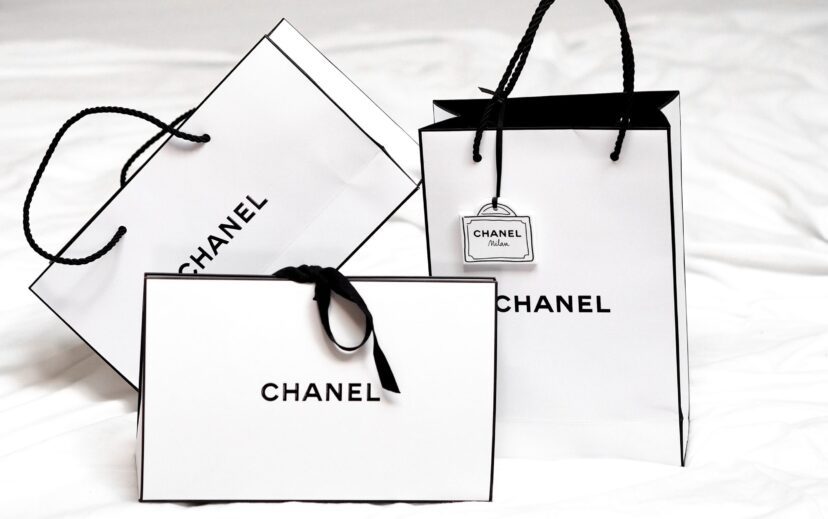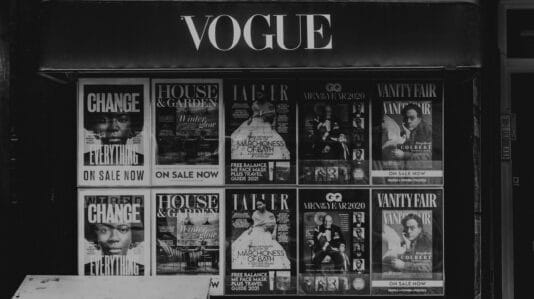Few names in the world of fashion are as ubiquitous as Chanel. Except for perhaps Dior or Prada, the brand and its iconic logo, comprised of interlinked Cs for its founder, Coco Chanel, are easily recognizable. Easily recognizable, too, is the Chanel No. 5 fragrance, bottled in a clear rectangular glass container with a matching stopper. The brand has recently sought to register the design of the bottle with the United States Patent and Trademark Office (“USPTO”), to protect what it believes is an iconic symbol from imitations and counterfeits. However, registration is proving to be a challenging and ongoing process.
The U.S. Trademark Office has rejected Chanel’s application on grounds of “non-distinctiveness”. Although fashion fanatics might disagree, the Office supported the rejection by stating that the bottle shape is common in the cosmetics and fragrance industries. With this response, the Trademark Office is inviting Chanel to provide alternative reasoning to support why their particular perfume bottle design stands out in the industry and therefore deserves protection. The faceted bottle stopper, part of the brand’s argument in favor of the design’s distinctiveness, was deemed insufficient according to the USPTO’s standards.
What was Chanel’s mistake, and how can it be avoided when registering a design mark with the USPTO?
The main standard the Office uses when evaluating a trademark application revolves around consumer confusion: whether a consumer looking for a particular product will mistakenly choose one item over another because of confusing similarities. If the USPTO perceives a “likelihood of confusion,” it is more likely to reject the application. To alleviate this confusion, Chanel will have to make a stronger case for the distinctiveness of the design of its No. 5 perfume bottle.
Chanel could approach its appeal by capitalizing on the brand’s longevity and iconic reputation. Specifically, Chanel may reference sales, extended use of the design in fragrance and cosmetics markets, and public association of the design being distinctly their brand. Here, Chanel would be employing an argument for “acquired distinctiveness”: a mark becoming recognizably unique as a result of public opinion and consumer trends over time. The standard of acquired distinctiveness might be on the brand’s side, as the Trademark Office has progressed a separate word mark application for the “No. 5” mark. It is now published for opposition in the Trademark Official Gazette, meaning that companies and the general public can object to the mark’s registration by submitting a Notice of Opposition to the USPTO. This possibly indicates that the Trademark Office recognizes the brand’s iconic status – now Chanel just needs to provide more information to solidify that and satisfy trademark registration standards.
You do not have to be the owner of an internationally known brand to apply for a trademark application. Anyone with a logo, product design, or associated word or phrase can register for trademark protection with the USPTO. Contact us for all your trademark needs.




